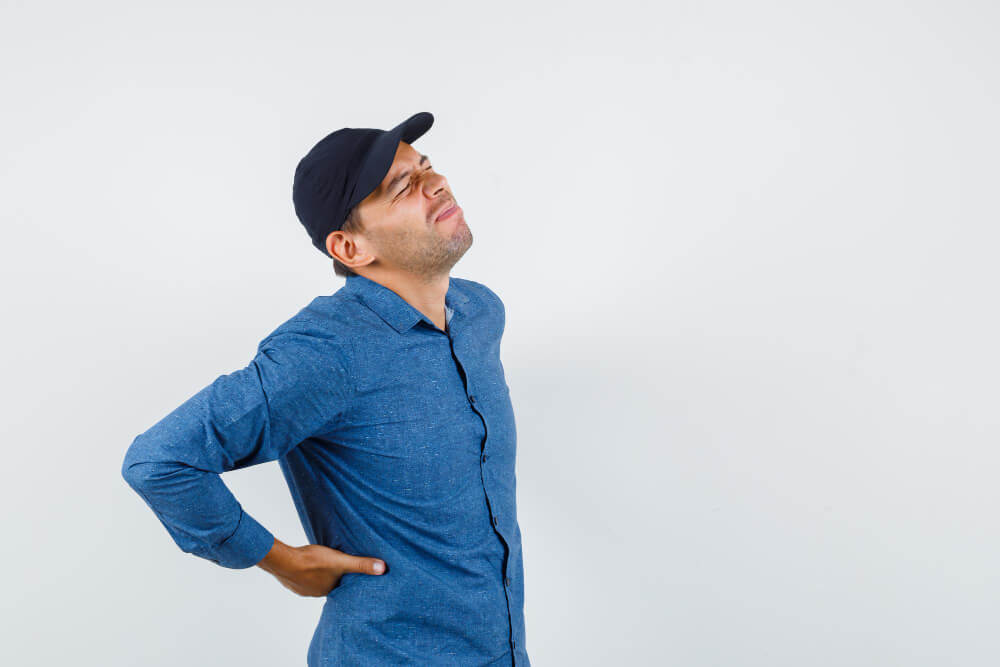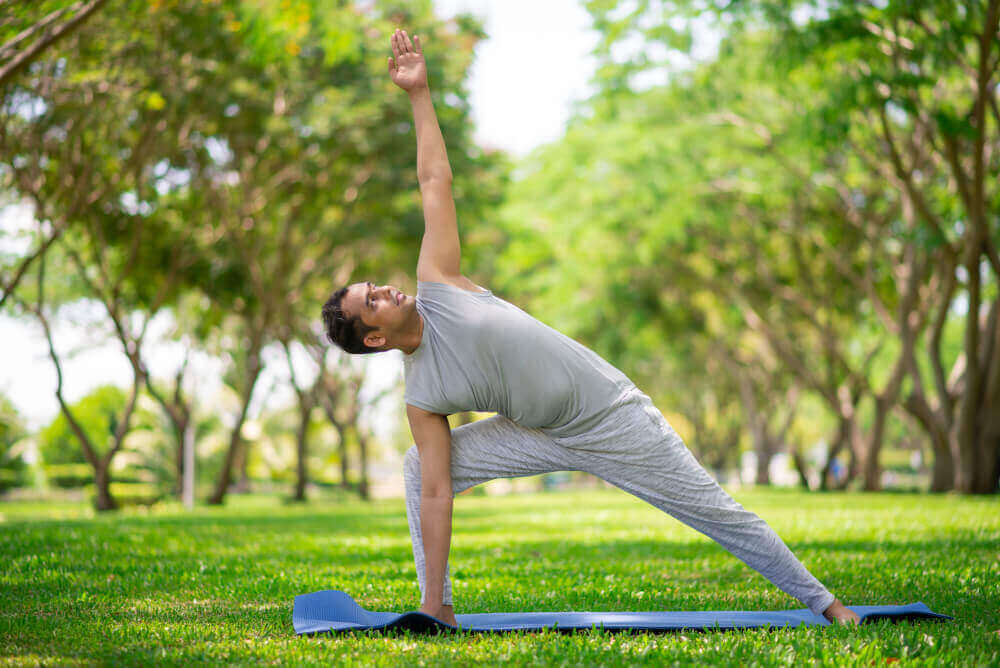Understanding and Conquering Upper Back Pain: A Guide to Thoracic Spine Health
Upper back pain can be a frustrating and debilitating experience. It can limit your range of motion, make everyday activities difficult, and even disrupt your sleep. But before you resign yourself to a life of discomfort, understand that upper back pain often stems from the thoracic spine, and there are effective treatment options available.
This comprehensive guide dives deep into the world of upper back pain and the thoracic spine. We’ll explore the anatomy of this region, uncover the common causes of pain, and equip you with various treatment approaches to reclaim your pain-free life.
Thoracic Spine: The Unsung Hero of Your Back
The thoracic spine, also known as the mid-back, is located between the more well-known cervical spine (neck) and lumbar spine (lower back). It consists of 12 vertebrae, each connected by facet joints, discs, and ligaments. Unlike the cervical and lumbar regions, the thoracic spine has less mobility due to its attachment to the ribs. However, this stability plays a crucial role in supporting your upper body and allowing for proper breathing.
Muscles of the Upper Back
Several key muscle groups contribute to the function and stability of the thoracic spine:
- Posterior chain: These muscles run along the back of your body, including the erector spinae, trapezius, and rhomboids. They are responsible for posture, spinal extension, and shoulder movement.
- Scapular muscles: These muscles connect the shoulder blades (scapulae) to the spine and ribs, enabling shoulder movement and stability. Examples include the levator scapulae and serratus anterior.
- Core muscles: While not directly connected to the thoracic spine, core muscles like the transverse abdominis and diaphragm provide stability and support to the entire spine, including the upper back.
Unveiling the Culprits: Causes of Upper Back Pain
Upper back pain can arise from various factors. Here are some of the most common culprits:
- Muscle strain: Overuse, poor posture, or repetitive motions can strain muscles in the upper back, leading to pain and tightness.
- Sprains: Ligament tears in the upper back, though less frequent, can cause significant pain and limit movement.
- Disc problems: Degeneration or herniation of discs in the thoracic spine can irritate nerves, causing pain, numbness, and weakness.
- Postural imbalances: Slouching, hunching, or rounded shoulders can put excessive strain on the muscles and ligaments of the upper back, leading to pain.
- Arthritis: Degenerative changes in the joints of the thoracic spine can cause pain, stiffness, and inflammation.
- Other medical conditions: Underlying medical conditions like osteoporosis, scoliosis, and certain lung infections can also contribute to upper back pain.
Recognizing the Signs: Symptoms of Upper Back Pain
The pain associated with upper back issues can manifest in various ways, including:
- Aching or dull pain between the shoulder blades
- Sharp or stabbing pain in a specific area
- Tightness or stiffness in the upper back muscles
- Pain that worsens with certain movements or prolonged sitting
- Difficulty taking a deep breath
- Pain that radiates to the shoulders, arms, or chest
Charting Your Course to Relief: Treatment Options for Upper Back Pain
The good news is there are diverse treatment options available for upper back pain, depending on the underlying cause and severity of your condition. Here’s an overview of some effective approaches:
Self-Care Strategies
Simple self-care practices can often provide significant relief for mild to moderate upper back pain. Here are some tips to get you started:
- Rest: Allow your body time to heal. Avoid activities that aggravate your pain.
- Heat or Ice Therapy: Apply heat to relax tight muscles and ice to reduce inflammation. Alternate between them for optimal results.
- Over-the-counter pain medication: Medications like ibuprofen or acetaminophen can help manage pain and inflammation.
- Ergonomics: Ensure good posture while sitting, standing, and sleeping. Invest in ergonomic chairs and adjust your workstation for proper back support.
- Stretching and Strengthening Exercises: Gentle stretches can improve flexibility and reduce stiffness. Strengthening exercises, particularly focusing on core and upper back muscles, can improve stability and posture.
Here are some examples of stretches and exercises for upper back pain:
- Doorway chest stretch: Stand in a doorway with your forearms resting on the frame and lean forward to stretch your chest muscles.
- Thoracic spine extension: Lie on your stomach with a rolled-up towel under your chest. Gently lift your upper body off the ground, hold for a few seconds, and return to the starting position.


